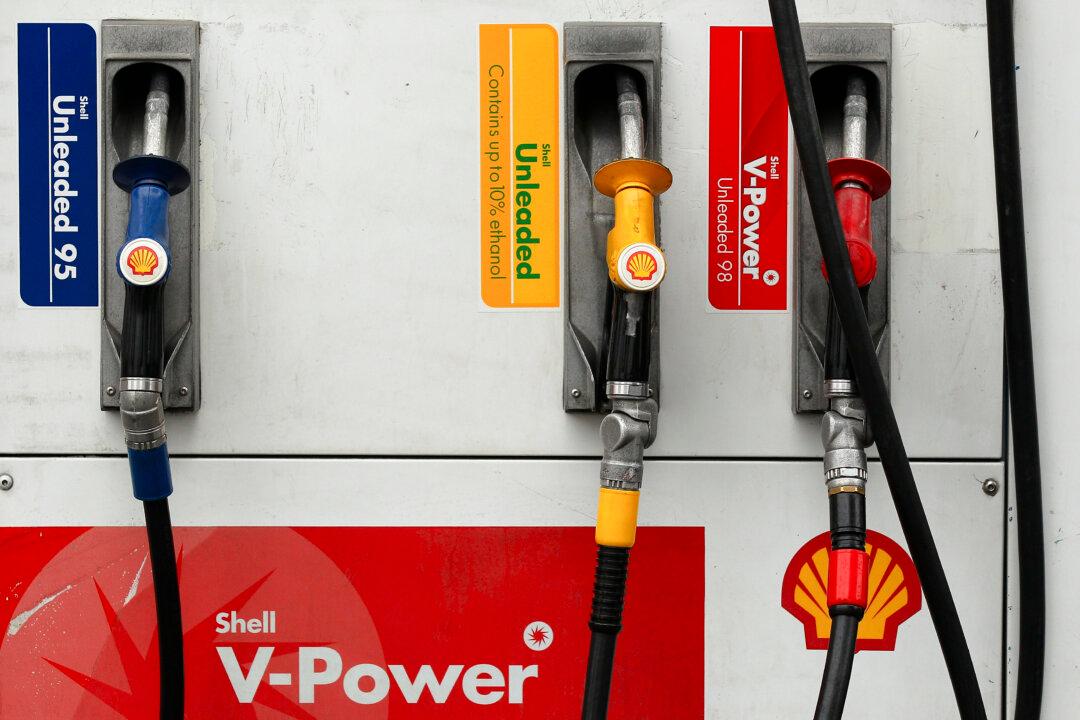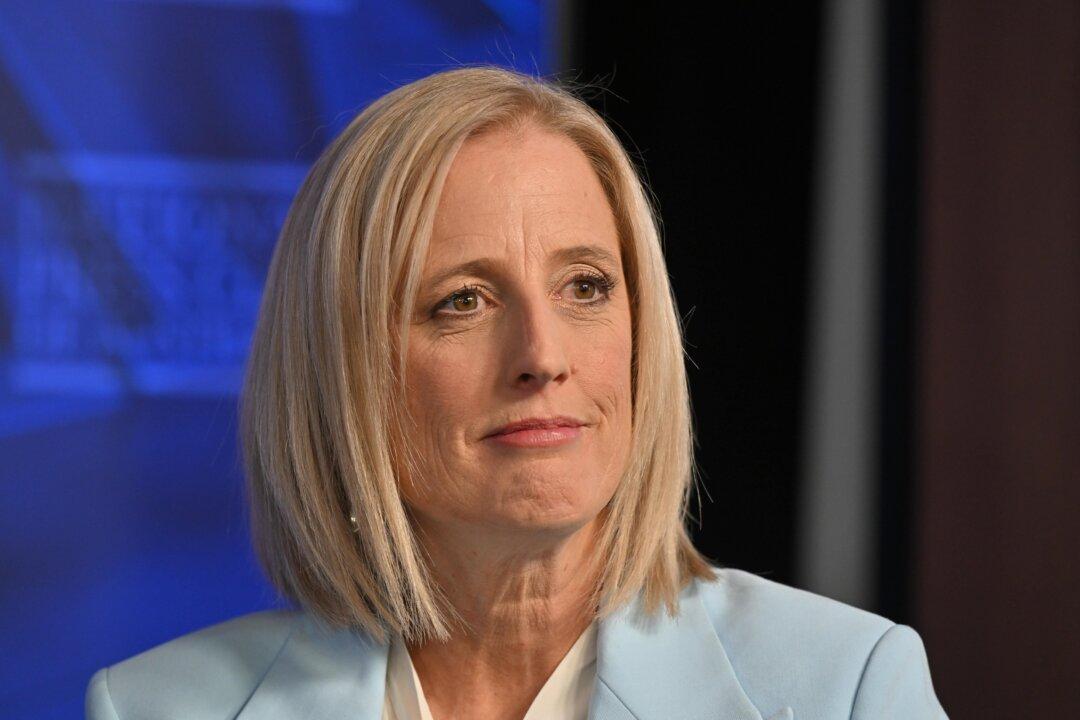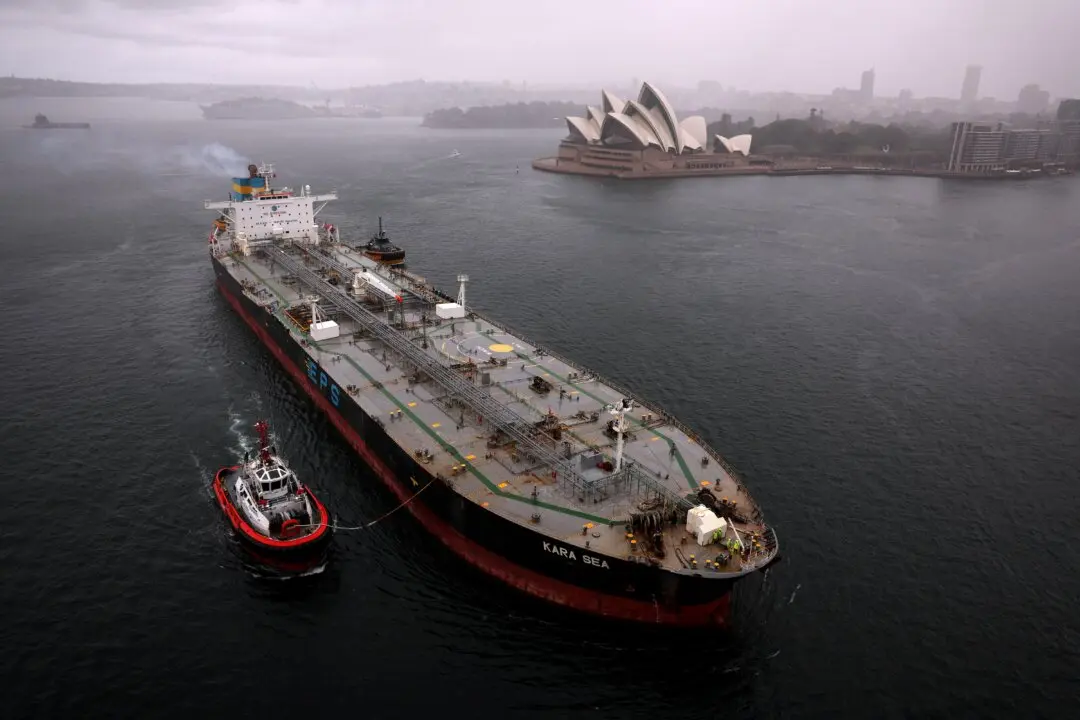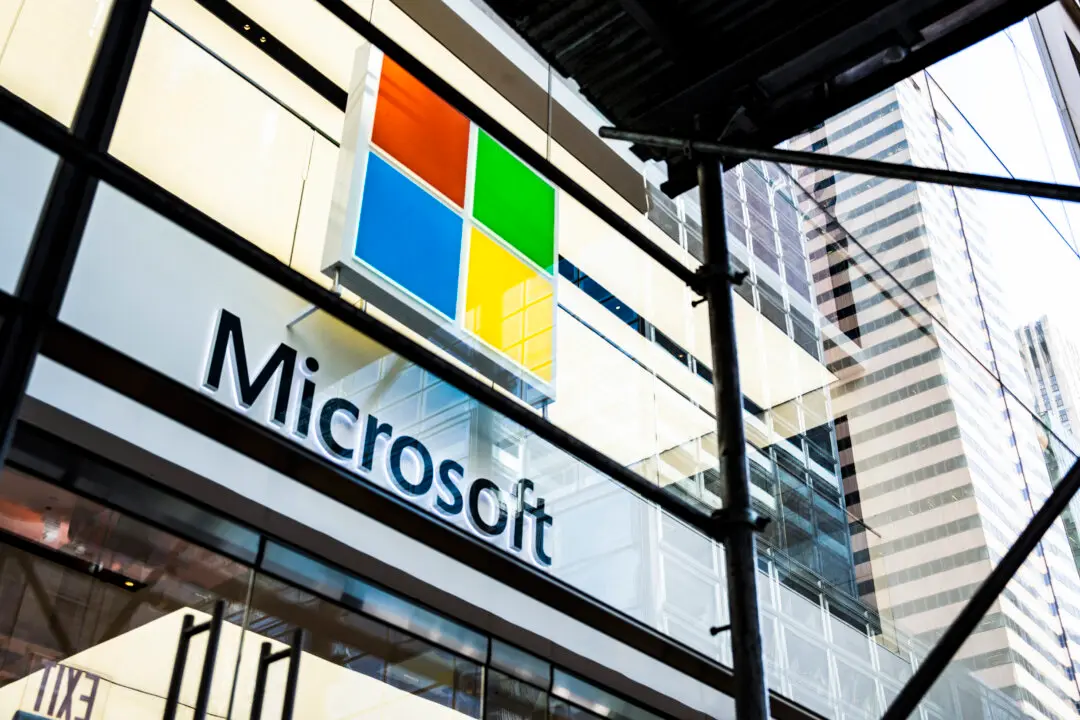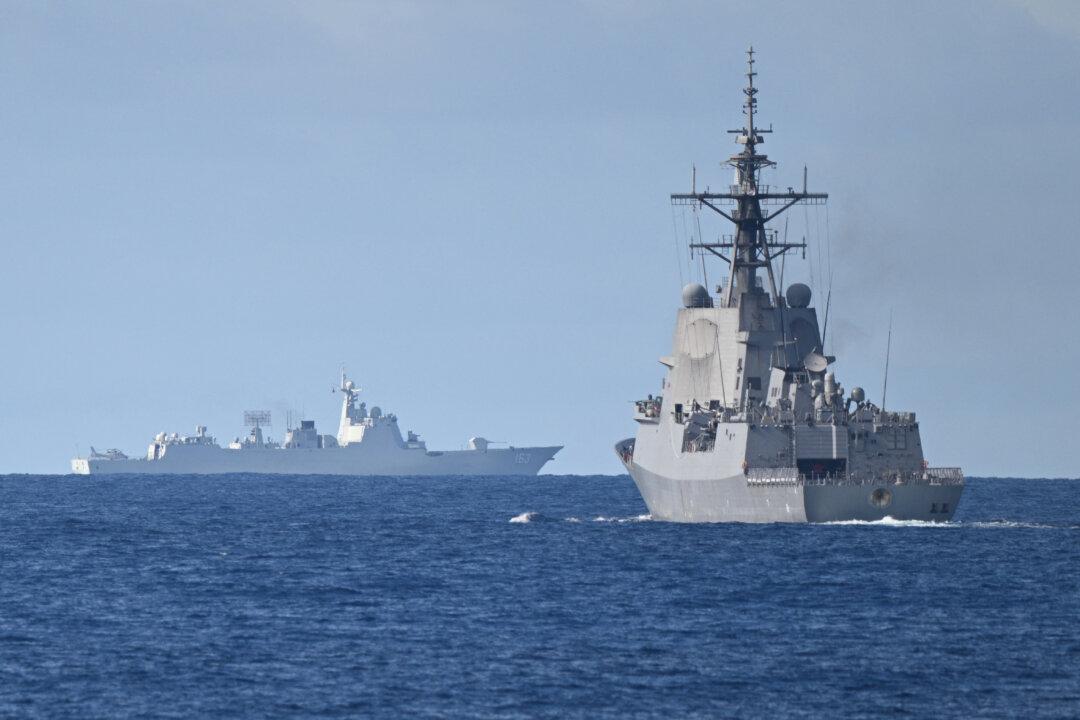A major Australian motorist association has called on the country’s consumer watchdog to investigate prolonged petrol price cycles, due to their impacts on the cost of living.
The National Roads and Motorists’ Association (NRMA) has released a new analysis indicating that fuel prices across the country may have been artificially inflated in 2024.
